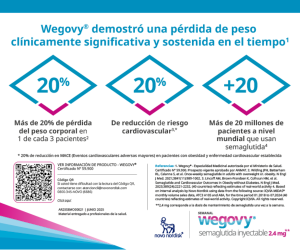P1 Effects of N-acetyl cysteine treatment on rats treated with a rich fructose diet: reversal or prevention?
DOI:
https://doi.org/10.47196/diab.v54i3Sup.382Keywords:
treatment, n-acetylcysteine, rich fructose dietAbstract
Introduction: Fructose overload promotes oxidative stress (OE) that induces metabolic damage, hepatic IR and local inflammatory response, alterations similar to those observed in human MS. NAC (N-acetyl-cysteine) has antioxidant capacity, provides substrates for the synthesis of GSH and has a high absorption rate at liver.
Objectives: to study the effects of the administration of NAC (orally and i.p.) at different doses, on endocrine-metabolic alterations induced by a fructose rich diet.
Materials and methods: 60-day-old male Sprague Dawley rats were divided into 6 groups and fed 21 days ad libitum. Control group received a standard commercial diet and tap water; fructose (F) group had access to a standard commercial diet plus 10% fructose in the drinking water. NAC treatment: it was administered in the drinking water together with fructose ensuring a daily dose of 25 mg / day (FN25), 1 g / l and 2 g / l (FN1 and FN2) were also tested for 21 days and i.p. 50 mg / kg in saline solution the last 5 days of treatment (FN50). Once the treatment was completed, the animals were sacrificed and serum glucose, triglyceridemia, total cholesterol and HDL, AST, ALT, uric acid and serum TBARS were determined and the glycemia-triglyceridemia (Gly-TG), triglyceridemia / HDL (TG / HDL) and AST / ALT indexes were calculated. At liver level, activity of the enzymes glucokinase (GQ) and fructokinase (FQ) was determined, as well as the glycogen content.
Results: At the serum level, F animals presented higher triglyceridemia and Gly-TG and TG / HDL indexes and a significant increase in FQ activity in the liver. FN2 treatment reversed triglyceridemia levels and FN50 group presented significant
decreases in triglyceridemia and both indexes. NAC significantly decreased GQ activity in FN2 and FN50 groups, without significant differences in the rest of the determinations. The following table shows the results of serum parameters. Values represent means ± SEM. n = 8. * p <0.05 vs C; #p <0.05 vs F.
Conclusions: fructose induced an increase in serum triglyceride levels, Gly-TG and TG / HDL indexes and an increase in FQ activity. The results obtained clearly show that the administration of NAC is effective both in preventing and reversing the observed alterations. It remains to determine the molecular mechanisms of action of NAC to achieve the mentioned effects.
Downloads
Published
Issue
Section
License

This work is licensed under a Creative Commons Attribution-NonCommercial-NoDerivatives 4.0 International License.
Dirección Nacional de Derecho de Autor, Exp. N° 5.333.129. Instituto Nacional de la Propiedad Industrial, Marca «Revista de la Sociedad Argentina de Diabetes - Asociación Civil» N° de concesión 2.605.405 y N° de disposición 1.404/13.
La Revista de la SAD está licenciada bajo Licencia Creative Commons Atribución – No Comercial – Sin Obra Derivada 4.0 Internacional.
Por otra parte, la Revista SAD permite que los autores mantengan los derechos de autor sin restricciones.




























